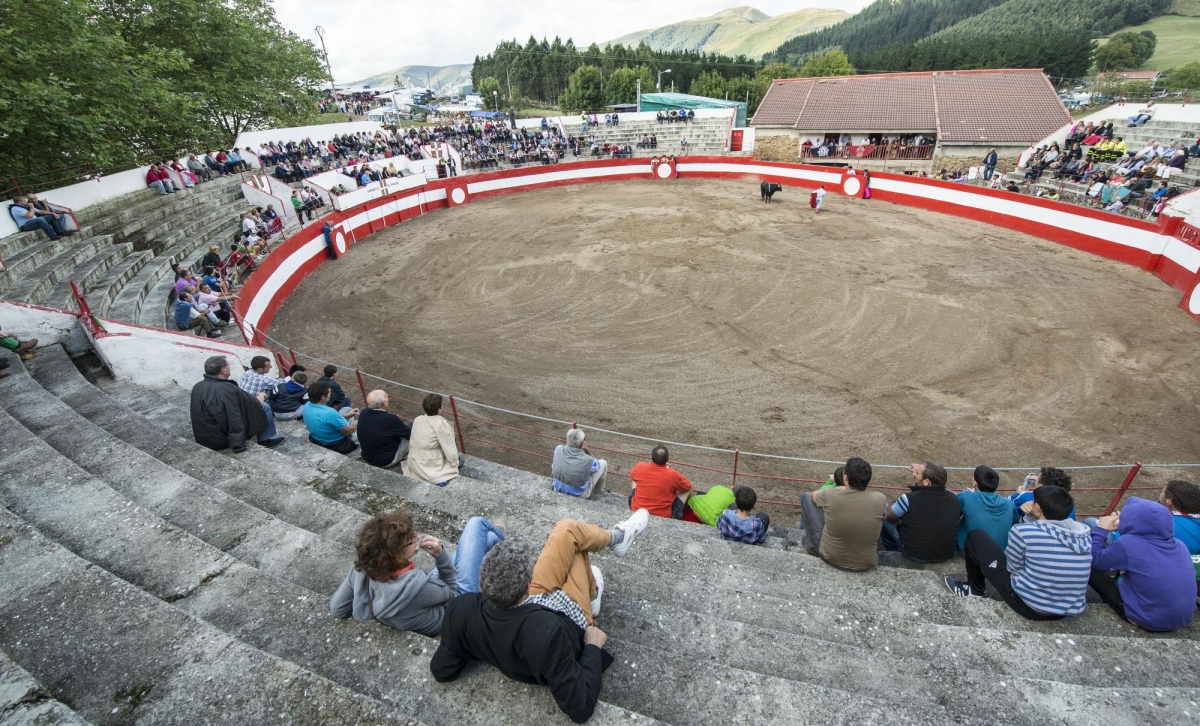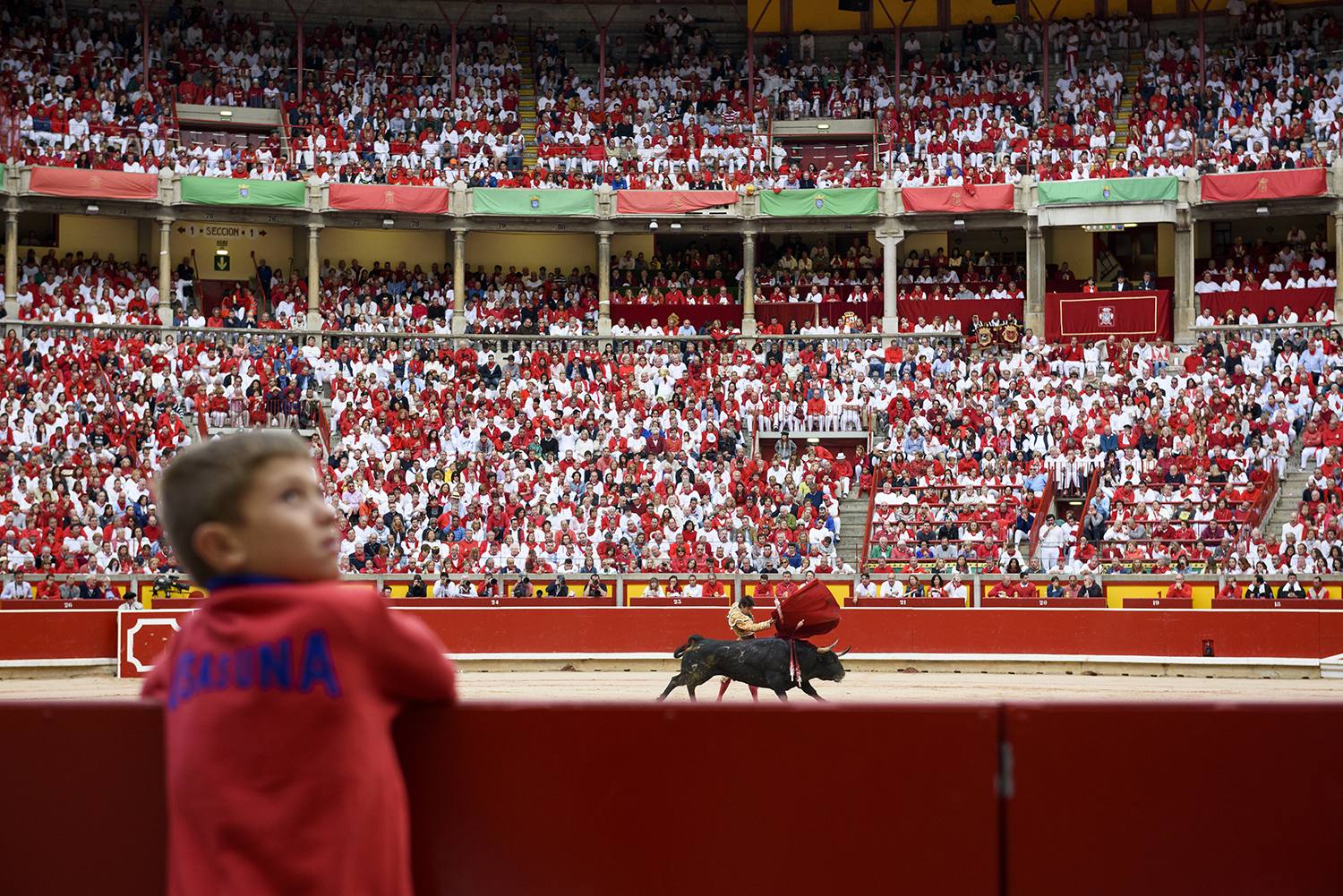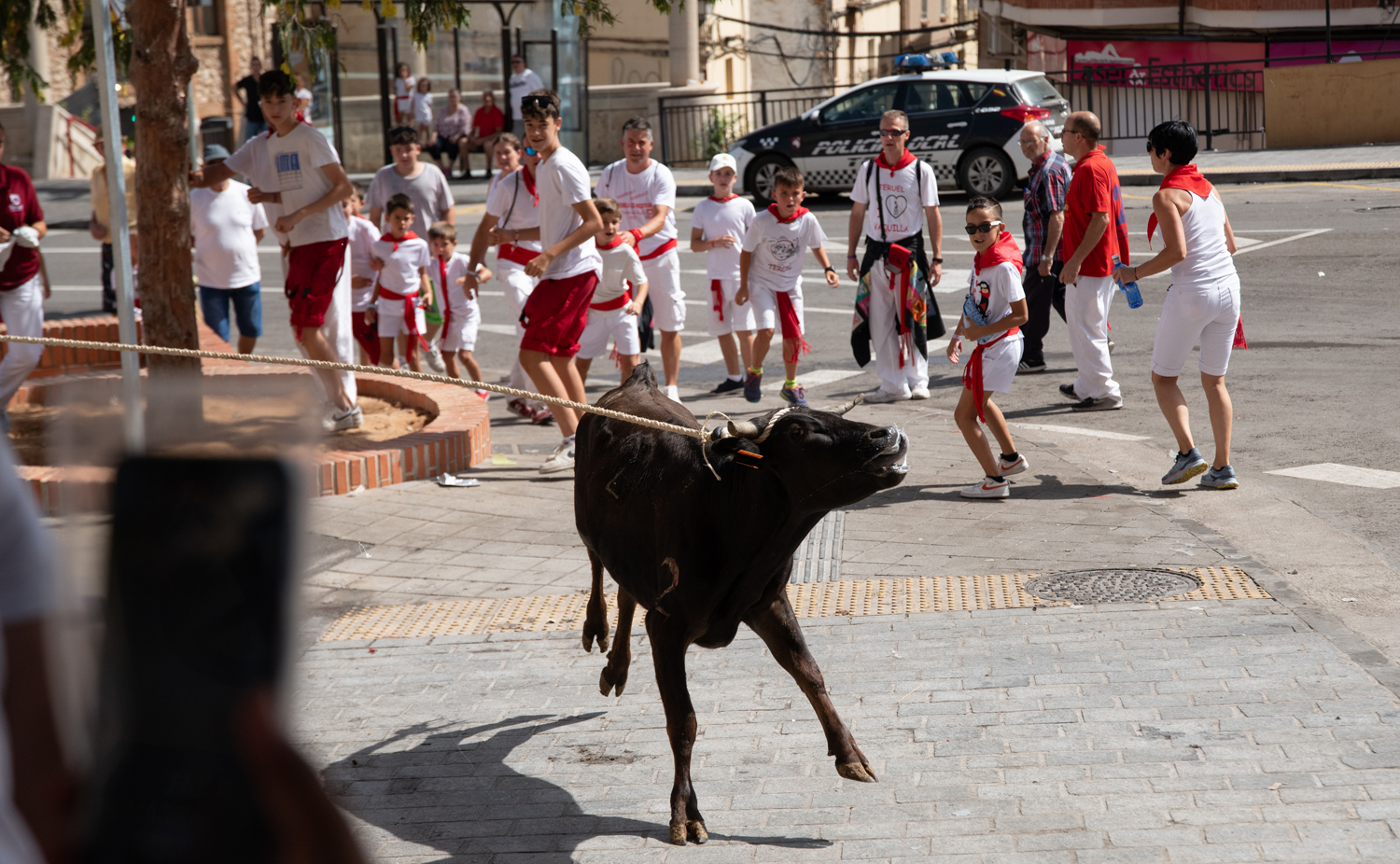Stories of Wild Álava
- Álava is not the paradise that seems, at least if you take into account the vulnerable fauna. Since 2000, the Member has approved eight protection plans for several species, but there are still animals in danger of extinction or in a very worrying situation.

Around the gigantic stone called Fraileburu de Tertanga, we can see dozens of lions of lions at any time of the year; seeing so many gigantic birds flying so close to the head, it is difficult to think that the species was about to disappear forty years ago in the Basque Autonomous Community. White vulture flocks from Gardelegi are also seen in the sky of Vitoria-Gasteiz, but in 2008 there were only 45 couples in three provinces.
Until the 1990s, no laws were passed to protect plants, animals and habitats in the Basque Country; in 1994, the Law on the Conservation of the Nature of the Basque Country was passed and in 1996 the first catalogue of Threatened Species. In order to take account of local specificities, years later the Deputies launched the country’s management plans. Thus, in Álava, there are eight approved plans: Bacon (2000), Cabo de río (2002), European mink (2003), otter (2004), northern cacha and with blackberry thorns (2007), wolf (2010), bonelli eagle (2011), and necrophagous birds (2015). Along the way is the plan of the red tail bog, and there are six types of endangered bats missing, the red milano, the common ground and the plans for reddish vintage.
The legislation, however, has contradictions, as with the wolf, because, although it is about to disappear, it is not on the CAPV protected animals list and has much less protection than other more widespread species.
European Vison
.jpg)
The most successful action to protect and recover the European mink has been the control of the American mink. Thus, since 1997, 556 American visons have been captured in Álava. The highest number was recorded in 2015, with more than 150 catches, thanks to floating platforms and river traps. Subsequently, the presence of the invasive species has decreased; in 2016 only ten animals were captured, and in 2017 and during the first half of 2018 only two American prawns have been captured. The number of European visas has increased: A total of 17 new specimens were found in 2017, the highest number ever. The European mink is one of the most threatened species in the world.
Common otter
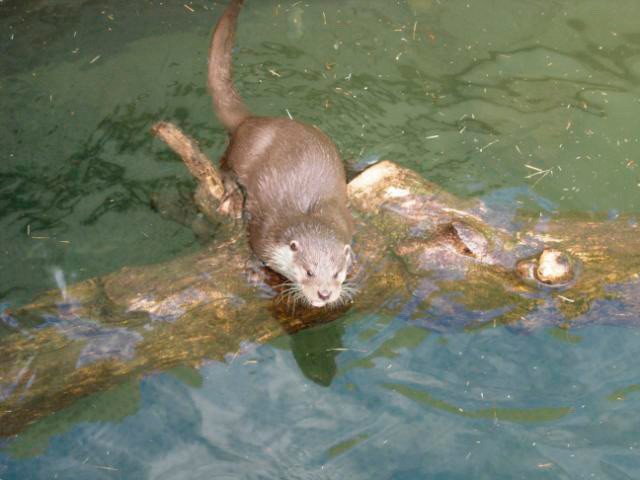
In the 1980s it was declared "endangered" in the Basque Country, but other studies carried out since 2005 have shown that in Álava it is relatively common in some areas and that in Bizkaia many areas are also recovering. "It needs many fish and streams with protection zones, and even if they are contaminated, the nutria can live well in these areas," he explained. The remains of the otter have been identified mainly in the western basins of the country: It was located in the last census of 2016, in the lower area of the Zadorra River, in the center of Baia and in the Ihuda River, in the area of Treviño. However, it is expected to expand north and east, in view of the positive development of recent years.
Wolf
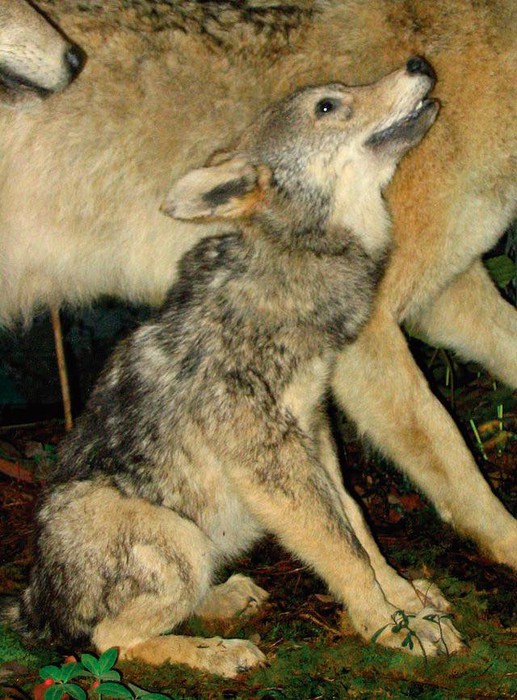
In the winter of 2018, in the western ports of Álava, there were three wolves; it has not been possible to confirm the presence of groups of wolves, but it cannot be ruled out. This is reflected in the last report on the animal, held between December 2017 and February 2018. During this time, seven pistes that had left the wolves on the snow were located; in the Gorobel mountain range two wolves could be seen and in Valderejo (Valdegovía) another wolf; in the vicinity of Arkamu-Gibijón and Bad-Arrato no trace of the wolf was found. The Wolf Group of the Basque Country has asked the High Court of Justice of the Basque Country for the species to be listed as threatened by the community and for the Basque Government to take appropriate measures to protect it.
Bonelli's eagle
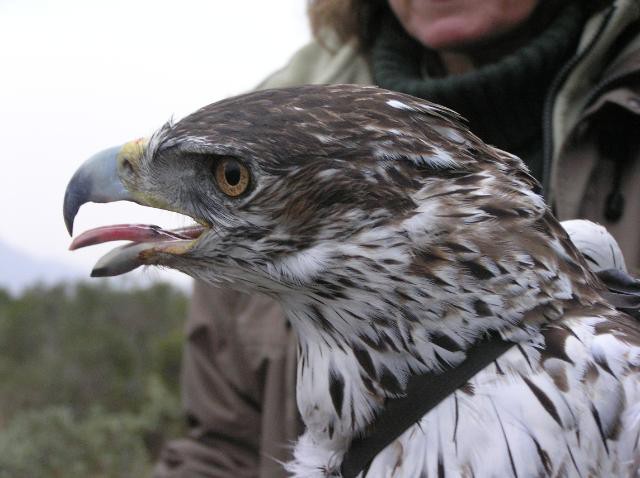
In 2001 the Council approved the plan to promote the expansion of falcon eagle and began to monitor the plight of the species. Measures have also been taken to improve the habitat of the bird, such as the adaptation of electricity grids and feeding for the bird. In addition, within the European LIFE Bonelli programme, several bonelli chicks have entered the country since 2015, specifically in the Mountain and Valdegovia. Unfortunately, all the chicks have died electrocuted or after being attacked by other animals, the Basque Department of Safety has reported. Currently, in the Sierra de Toloño, in the vicinity of the municipality of Zambrana, is the only eagle hawk of Álava, the Thor.
Mestiza with thorns

Endangered species in Álava. In fact, during the investigations carried out last year in the Purón, Omecillo and Baia rivers, no remains of a hawthorn mestizal were found. In addition, in 2002, the population of the hawthorn bat found on the Espejo Bridge seems to disappear. The only unconfirmed trace is in the Oka River in the Otobarren area.
Aeroplane
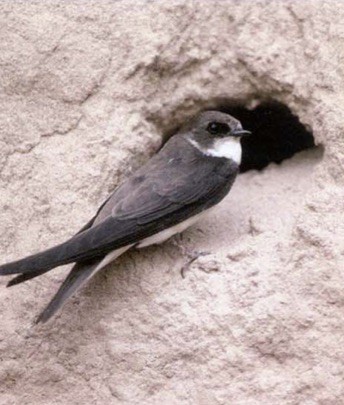
The first management plan approved by the Council of Álava in relation to the vulnerable species of the country was that of the uhalde trench in 2000, which it chose to verify the drafting of these plans and the effectiveness of their implementation. Since then, various activities have been undertaken for the maintenance and conservation of the Uhalde swallow colonies, mainly in the Mendixur Park, and new settlements have been installed in the Salburua Park of Vitoria-Gasteiz.
Necrophagous birds
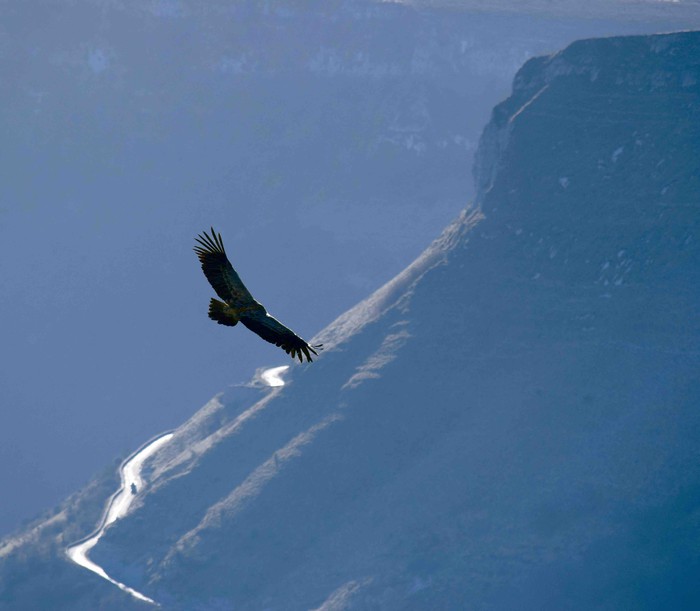
The Diputación has a management plan around three species: the quebrantabones, the alimoche and the leonado vulture. Mammals grew up in Valderejo and Sobrón, until the 1960s, but the last pairs disappeared in the 1980s and have not returned to the country anymore. The last census of the white vulture was carried out in 2008 in all of Álava, Bizkaia and Gipuzkoa, with a total of 45-48 couples. 40% live between Álava and Bizkaia and have a common site in the Gardelegi landfill. Finally, the population of Buitre Leonado in the Community has increased considerably in recent years; in 1979 there were 42 couples, all in Álava, and in 2008 822 couples were counted, distributed in 63 colonies and distributed in three countries. The new electoral roll of the CAV will be presented in 2019.
Kabuxa de río
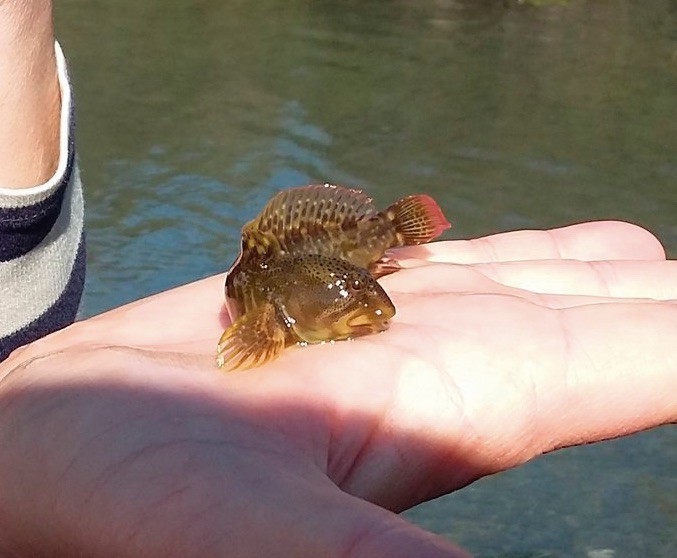
Analyses carried out in 2007 on the Omecillo and Baia rivers have revealed a significant decrease in the stock at the top of two basins, while the number of fish in the lower zone has been maintained and the forecasts are good.
Northern Cachito
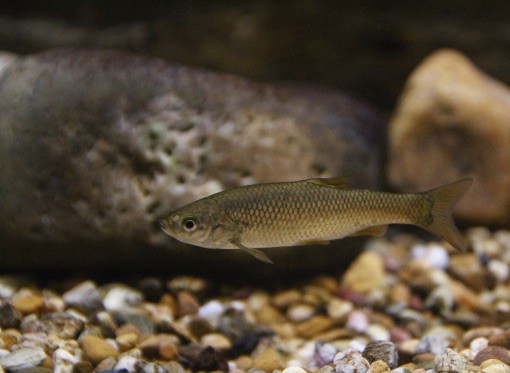
Since 2000, when fish research began, it has been found that the population of the northern caching is not consolidated. In 2017, very few specimens were found, "which indicates the lack of structuring of the species".
This news was published by Arabako Aleak and we brought it to ARGIA thanks to the CC-by-sa license.
I'm one of the people who've tried angles, I've had to base myself on the gulas to explain what attacks are. We've boiled the living shellfish: as a child, between the ice of the fishmonger, a hypnotic show, the movements of the living semi-fearsome shellfish. The foie has eaten by... [+]









